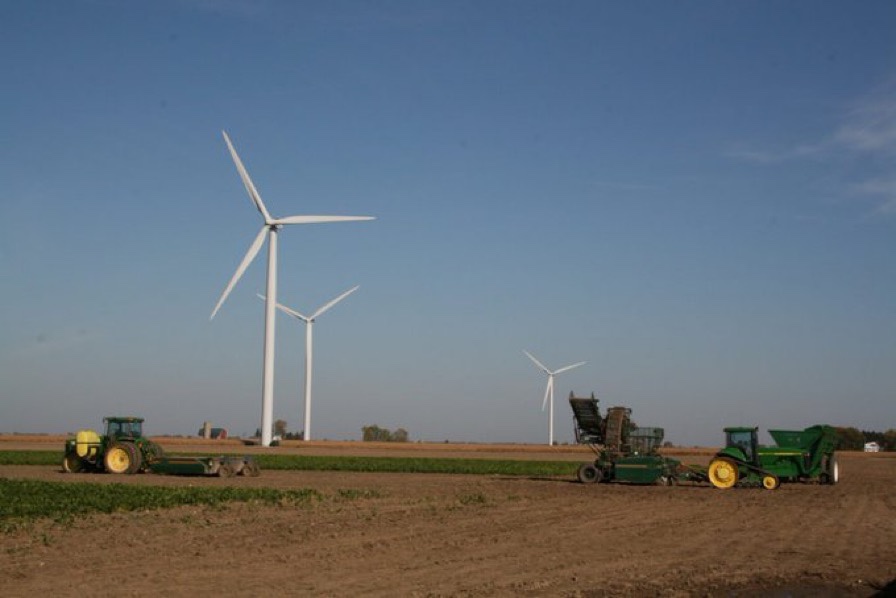If property values kept pace with the energy cap increase

What would happen to house prices if they kept pace with the energy cap increase?
The latest research by estate agent comparison site, GetAgent.co.uk, has revealed what the average cost of buying and renting a home would look like if house prices increased at the same rate as the spiralling cost of energy bills.
GetAgent looked at the growth rate of the current energy cap since January 2019, the average rate of house price growth and rental growth during the same period and what the property market would look like if it had kept pace with increasing energy costs.
Since January 2019, there have been seven changes to the energy price cap and while it had been falling since October 2019, there have been three consecutive increases, the most recent being the most notable, up 54.3% in April of this year.
Back in January 2019, the average UK house price was £228,314 and thanks to the pandemic property market boom, today it sits at £286,397, a 25% increase.
However, if house prices had mirrored the change in the energy cap, they may have seen a decline up until April of last year, but by April of this year, the average UK house price would have sat at £395,785.
What’s more, the worst is still to come where the increasing cost of energy is concerned. In October of this year, the energy cap is set to increase to £3,549, a huge 80.1% jump. If house prices were to increase at the same rate, the already inflated average cost of £395,785 would sky rocket to £712,654.
Where the cost of renting is concerned, the average tenant would be paying £1,616 in April had rents kept pace with increasing energy costs – some way above the actual average rent at the time of £1,091.
Again, if rents were to climb by the same margin as the energy cap increase in October, the average monthly cost of renting would climb to £2,909.
Co-founder and CEO of GetAgent.co.uk, Colby Short, commented:
“The housing market has boomed since 2019 and house prices have climbed at some unprecedented rates, particularly during the pandemic. At the same time, the ongoing shortage of rental stock has forced the cost of renting ever higher, despite the pandemic-imposed wobble seen during lockdown.
So it really puts the current cost of living crisis into perspective when you consider the fact that, had house prices and rents kept pace with the increasing energy cap, they would be astronomically higher than they are today.
Of course, the cost of renting and homeownership are far more substantial than our annual energy bills, but it really does highlight the dire situation many households are facing and just how overstretched they really are as a result of the energy cap increase.”




